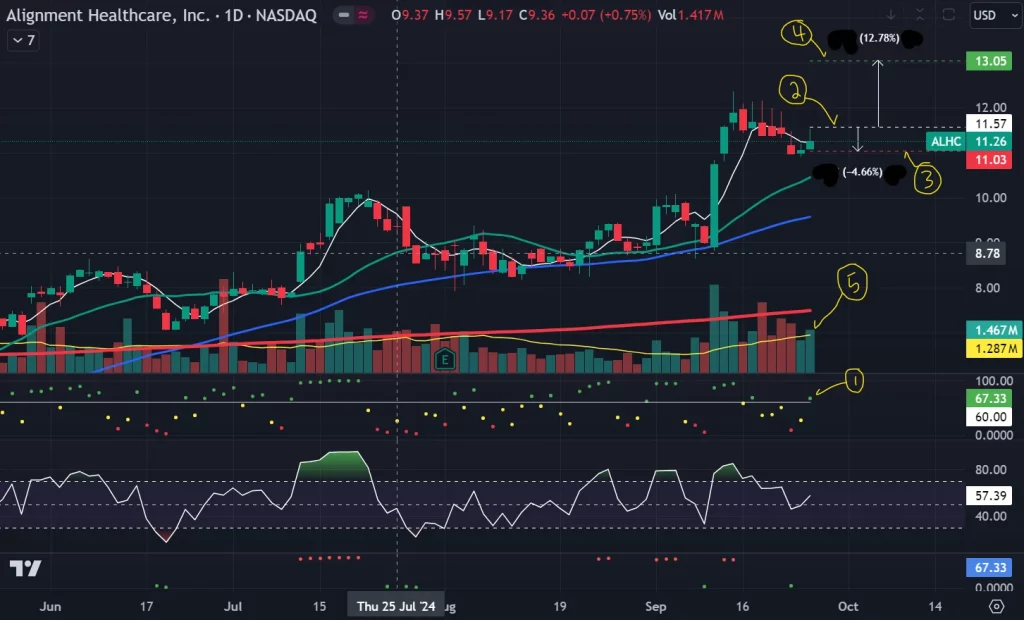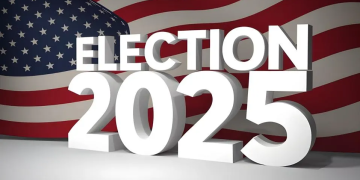Introduction: Why 2025 Is a Pivotal Year for Healthcare Investors
As we move through 2025, the healthcare sector stands at a critical intersection of policy transformation, demographic shifts, technological innovation, and cost containment. Investors have long regarded healthcare as a defensive sector, but the landscape is evolving rapidly. Governments across the globe are implementing new healthcare reforms, insurers are re-evaluating coverage structures, and providers are adopting AI and data-driven solutions. Against this backdrop, healthcare stocks and ETFs are reacting in real time—offering new investment opportunities for those who understand the interplay between legislation and market performance.
Key Legislative Shifts Impacting the Healthcare Sector
The healthcare sector has never been insulated from government influence, and 2025 is a testament to that. In the United States, several policy moves are reshaping the business models of pharmaceutical companies, insurers, and hospital systems. One of the most significant changes has been the continued implementation of the Inflation Reduction Act’s drug pricing reform. Beginning in 2025, Medicare now negotiates the prices of a growing list of high-cost prescription drugs, creating margin pressure for legacy pharmaceutical firms like Pfizer, Merck, and Johnson & Johnson. These companies have already revised their forward guidance and are diversifying product portfolios to counter these changes.
On the other hand, the expansion of telehealth coverage under the Consolidated Appropriations Act 2025 continues to be a boon for virtual care providers. Companies like Teladoc Health and Amwell are seeing increased reimbursement parity with in-person services, which has led to investor optimism and a rebound in their stock prices after a multi-year slump. The Centers for Medicare & Medicaid Services (CMS) also introduced updates to the 2025 Physician Fee Schedule that incentivize value-based care, further accelerating the transition from volume to outcome-based models.
At the state level, California passed legislation mandating minimum nurse-to-patient ratios, which is affecting hospital operational costs. While this is a win for patient safety, healthcare providers such as HCA Healthcare and Tenet Healthcare are facing increased labor expenditures. In contrast, this presents opportunities for workforce management and staffing technology firms to fill operational gaps.
How Policy Changes Are Influencing Healthcare Stocks and ETFs
Healthcare stocks have demonstrated a divergent response depending on sub-sector exposure. Large-cap pharmaceutical stocks, while still seen as long-term stable investments, are trading at lower forward P/E ratios due to pricing constraints and pending lawsuits related to opioid settlements and antitrust violations. Companies with blockbuster drugs under Medicare scrutiny have already priced in a potential revenue squeeze. The S&P Pharmaceuticals Select Industry Index has trailed the broader market YTD, reflecting investor caution.
Meanwhile, biotech stocks are experiencing a mixed reaction. Emerging biotech firms with no commercialized products are under pressure due to higher regulatory hurdles and increased scrutiny over clinical trial transparency. However, firms engaged in rare diseases and cell and gene therapy—particularly those with orphan drug status—are seeing increased investor interest, as they are less impacted by Medicare pricing negotiations. ETFs like the SPDR S&P Biotech ETF (XBI) and ARK Genomic Revolution ETF (ARKG) have shown resilience, buoyed by optimism around breakthrough therapies.

Hospital systems and insurance companies are undergoing revaluation. UnitedHealth Group, Anthem, and Humana have benefitted from regulatory support for Medicare Advantage plans but face margin compression due to rising medical loss ratios and increasing scrutiny over administrative costs. Conversely, managed care ETFs like the iShares U.S. Healthcare Providers ETF (IHF) continue to attract inflows due to the sector’s ability to weather economic cycles.
Healthcare REITs such as Welltower and Ventas, which focus on senior living and medical office properties, have gained investor confidence as aging demographics and policy support for eldercare create long-term growth drivers. These REITs are also benefiting from higher occupancy rates post-pandemic and favorable reimbursement models for long-term care facilities.
Global Policy Developments and Their Ripple Effect
International markets are also making bold healthcare moves that are resonating across global equities. The European Union has implemented its Health Union initiative, which strengthens cross-border data sharing, joint procurement of medical supplies, and coordinated R&D funding. This has helped boost pan-European biotech startups and diagnostics companies, making ETFs like the Xtrackers MSCI Europe Health Care UCITS ETF (XUHE) attractive for international exposure.
China’s healthcare reforms, under the “Healthy China 2030” initiative, have emphasized domestic innovation and price caps on foreign-made drugs. This has had a dual effect—global pharmaceutical firms like AstraZeneca and Roche are recalibrating their China strategies, while local players like WuXi AppTec and Innovent Biologics are gaining market share. For emerging market investors, this shift is being captured through ETFs such as the KraneShares MSCI All China Health Care Index ETF (KURE).
India’s production-linked incentive (PLI) scheme for pharma manufacturing is positioning the country as a global API (Active Pharmaceutical Ingredient) hub. Indian pharma majors like Sun Pharma and Dr. Reddy’s are expanding exports, lifting investor sentiment in regional indexes. These macro moves illustrate how healthcare investments are no longer constrained by domestic policy alone but are affected by a mesh of geopolitical and regulatory dynamics.
Investor Strategies: What to Watch and Where to Allocate
Given the rapidly changing landscape, how should investors position themselves in 2025? First, sub-sector rotation is key. Investors should consider overweighting healthcare technology, diagnostics, and managed care while remaining cautious with large-cap pharma unless there’s a clear R&D catalyst. Look for companies with diversified revenue sources, low regulatory exposure, and high adaptability to payment reforms.
Second, thematic ETFs offer a practical way to play policy-driven trends. Funds like the Global X Telemedicine & Digital Health ETF (EDOC), the ROBO Global Healthcare Technology and Innovation ETF (HTEC), and the iShares Genomics Immunology and Healthcare ETF (IDNA) are well positioned for long-term growth as healthcare delivery and R&D go digital.
Third, investors should keep a close eye on policy timelines. Legislative implementation lags—often by a year or more—so savvy investors can position early by analyzing policy drafts, committee hearings, and budgetary allocations. This proactive approach helps build positions ahead of broader market reactions.
Fourth, ESG considerations are becoming critical. Regulatory changes increasingly favor firms with transparent clinical trial reporting, low emissions in pharmaceutical manufacturing, and inclusive healthcare delivery models. ESG-aligned funds are likely to benefit from both regulatory incentives and increasing institutional flows.
Conclusion: Policy Tailwinds Can Fuel or Flatten Your Healthcare Portfolio
The intersection of public policy and the healthcare market has never been more pronounced. From drug price reforms to value-based care incentives, every legislative tweak carries the potential to rerate entire sub-sectors. But this complexity also offers a competitive edge for informed investors. By understanding which regulations matter, how companies are responding, and where capital is flowing, you can build a healthcare portfolio that thrives not despite policy—but because of it.













































